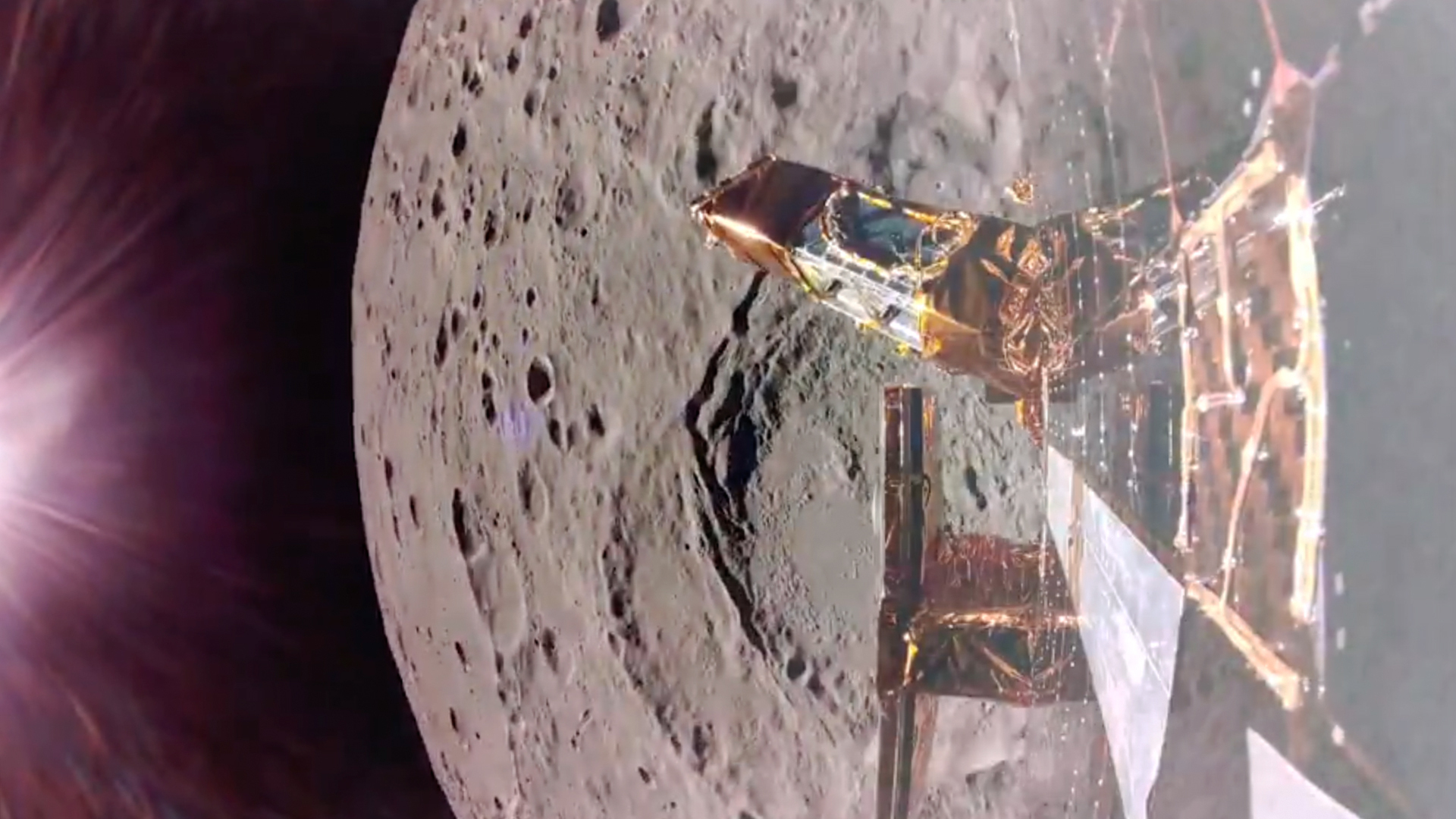Chandra
Latest about Chandra
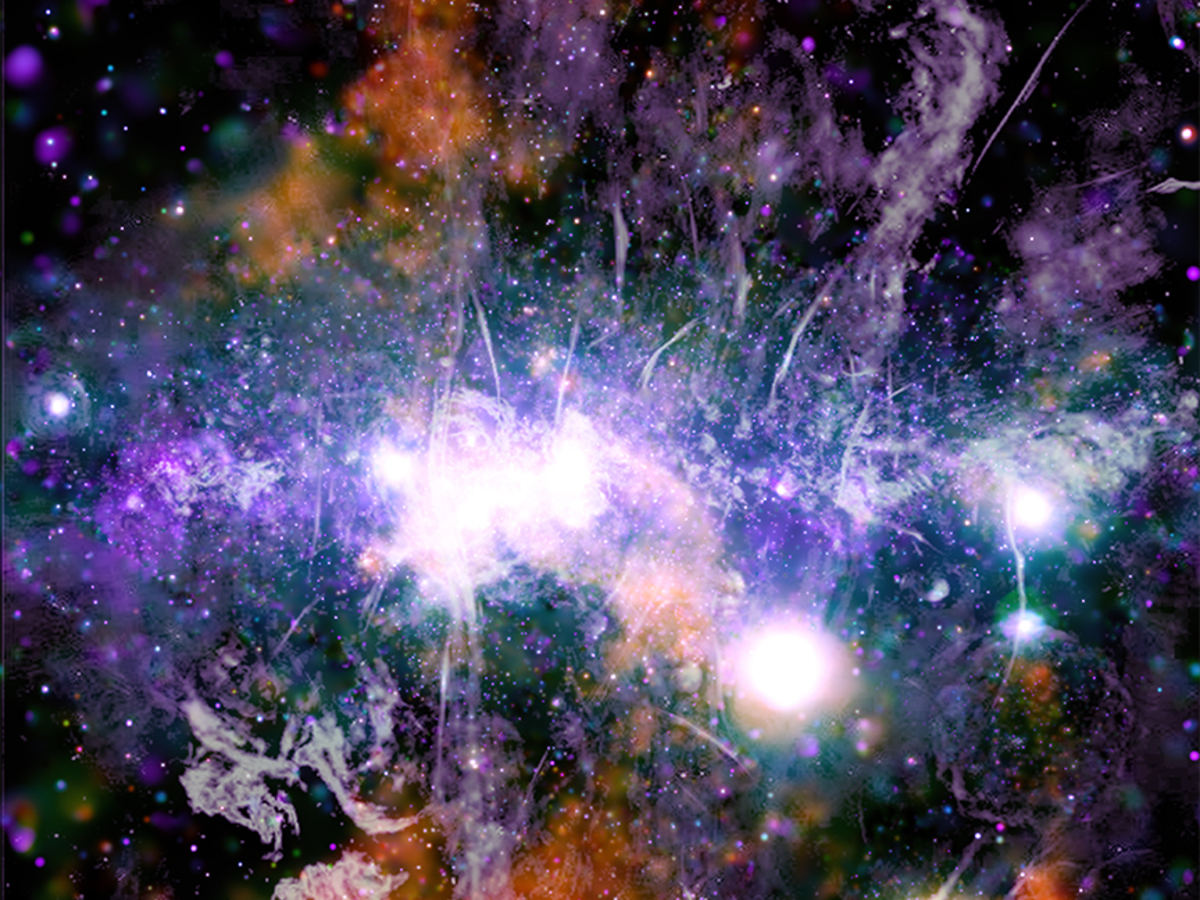
Milky Way's galactic core overflows with colorful threads in new Chandra panorama (video, photos)
By Chelsea Gohd published

Uranus is belching X-rays and is weirder than we ever thought
By Meghan Bartels last updated
The more scientists study it, the weirder Uranus gets.
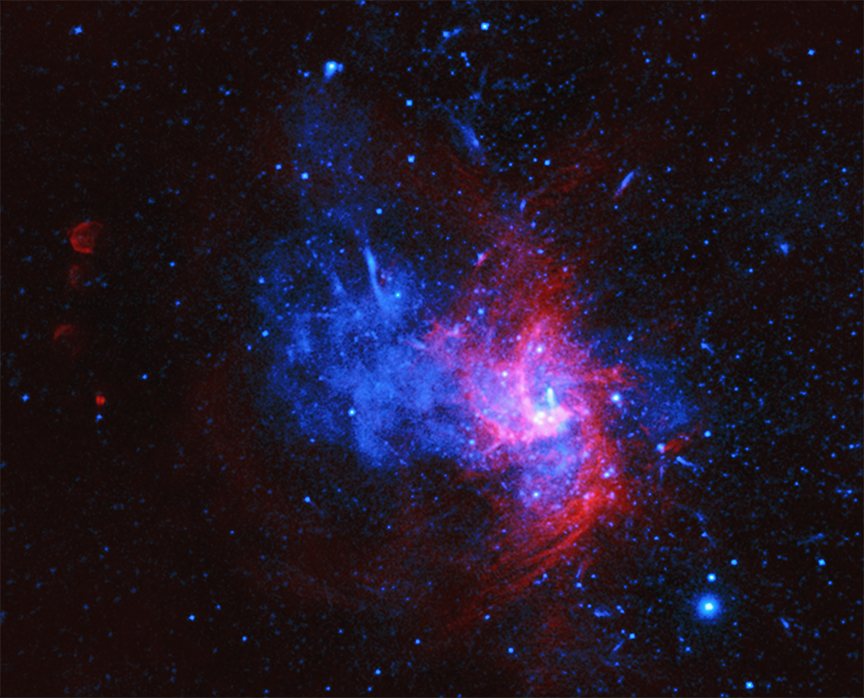
Rare supernova relic found at the core of our Milky Way
By Samantha Mathewson last updated
NASA's Chandra X-ray Observatory has discovered the remains of a rare kind of stellar explosion near the center of the Milky Way.

Astronomers spot the fastest spinning magnetar ever seen
By Chelsea Gohd published
About 21,000 light-years from Earth, far-off in the Milky Way galaxy, astronomers have spotted the fastest-spinning (and possibly the youngest) magnetar ever seen.
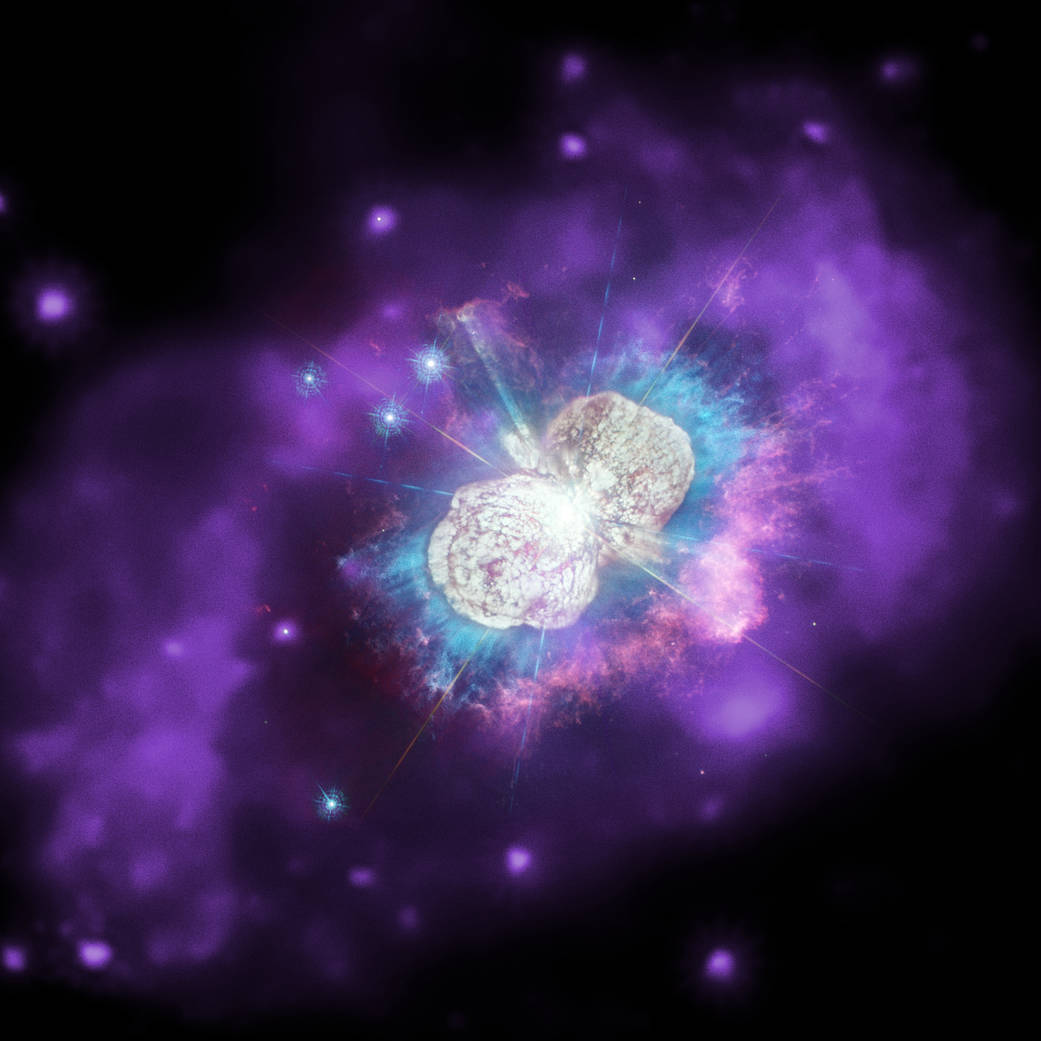
Stunning images from Hubble, Chandra, and more reveal value of space telescope teamwork
By Elizabeth Howell published
NASA recently highlighted some collaborations between the Chandra X-ray Observatory and other telescopes.
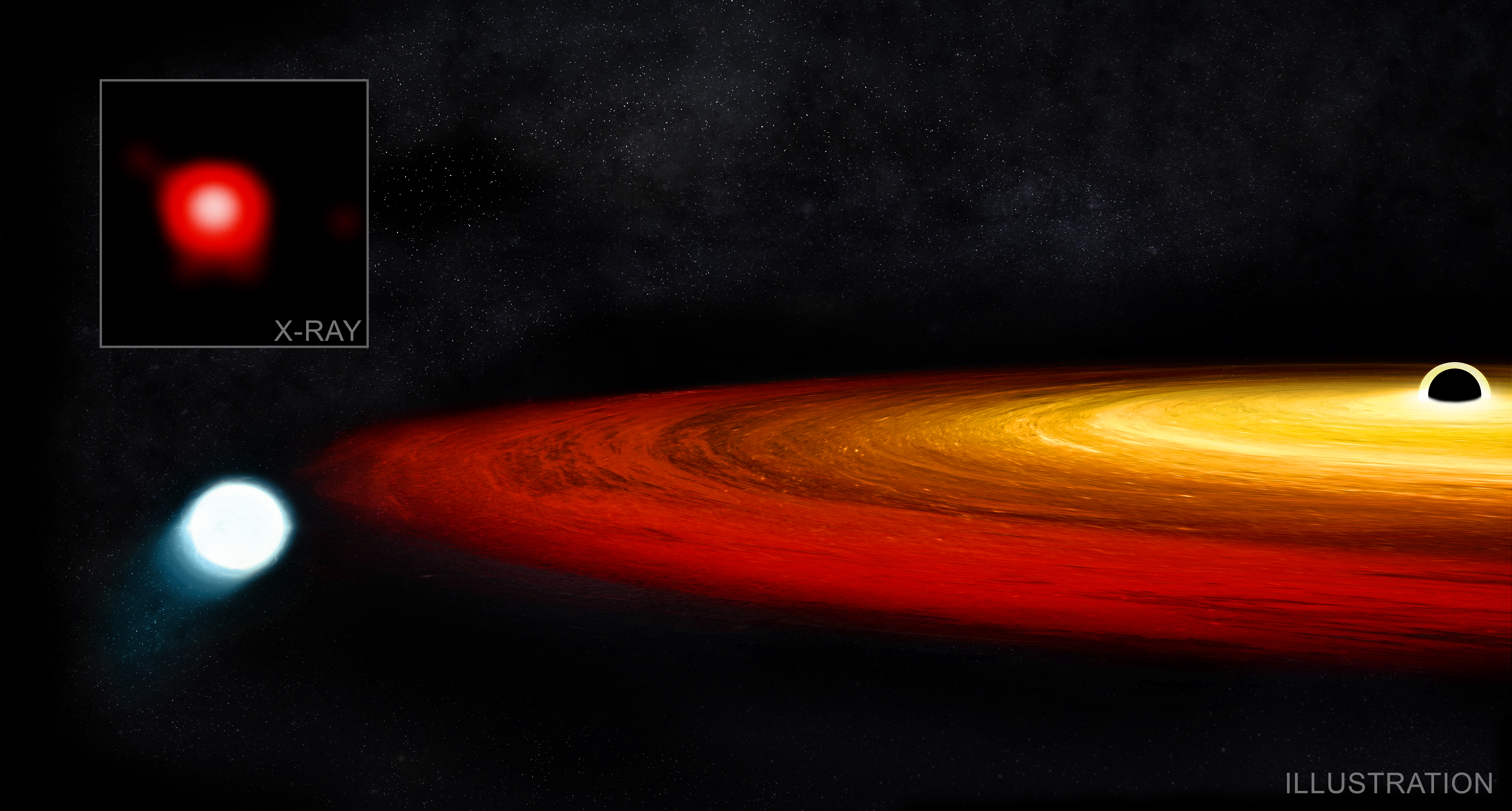
Black hole keeps snacking on white dwarf locked in its orbit
By Meghan Bartels published
This black hole's parents never told it not to play with its food.
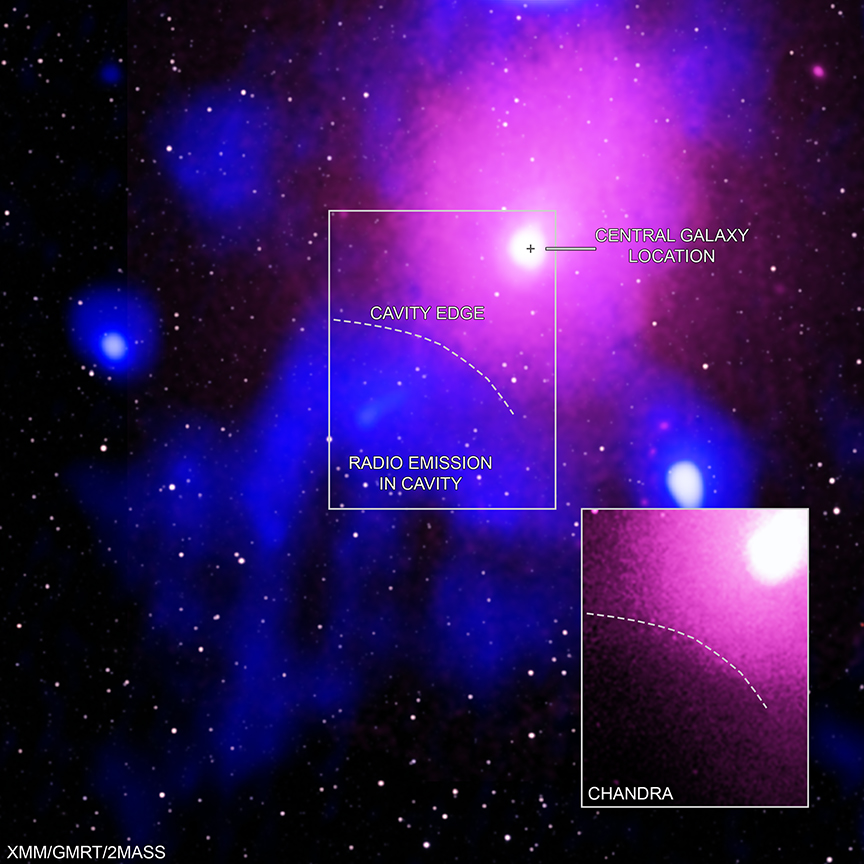
Boom! Scientists spot the biggest known explosion in the universe
By Mike Wall published
A gargantuan explosion tore through the heart of a distant galaxy cluster, releasing about five times more energy than the previous record holder, a new study reports.
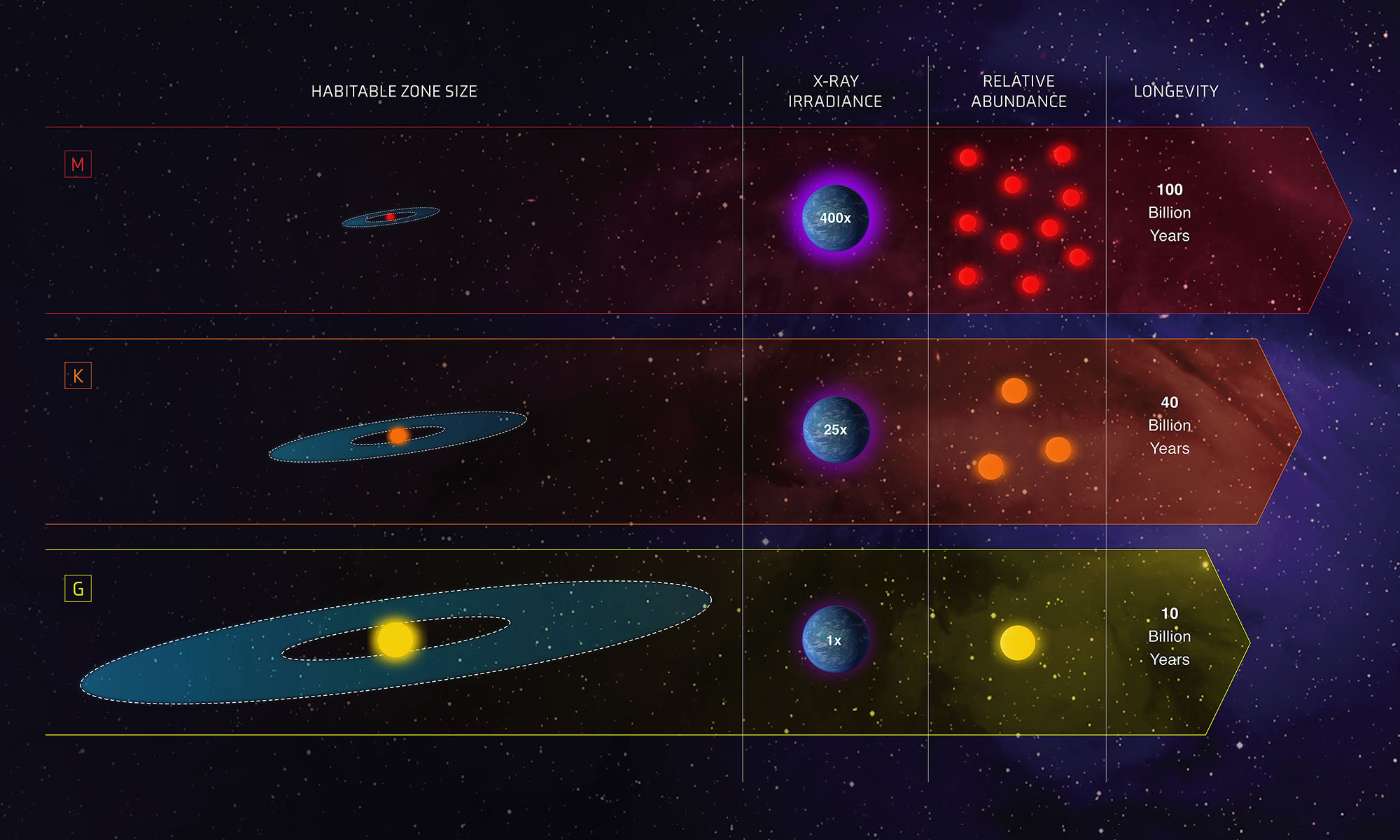
'Orange dwarfs' may be the best stars to study in search for life
By Elizabeth Howell published
Move over, red dwarfs. Emerging research shows that another star type could be more friendly to life.
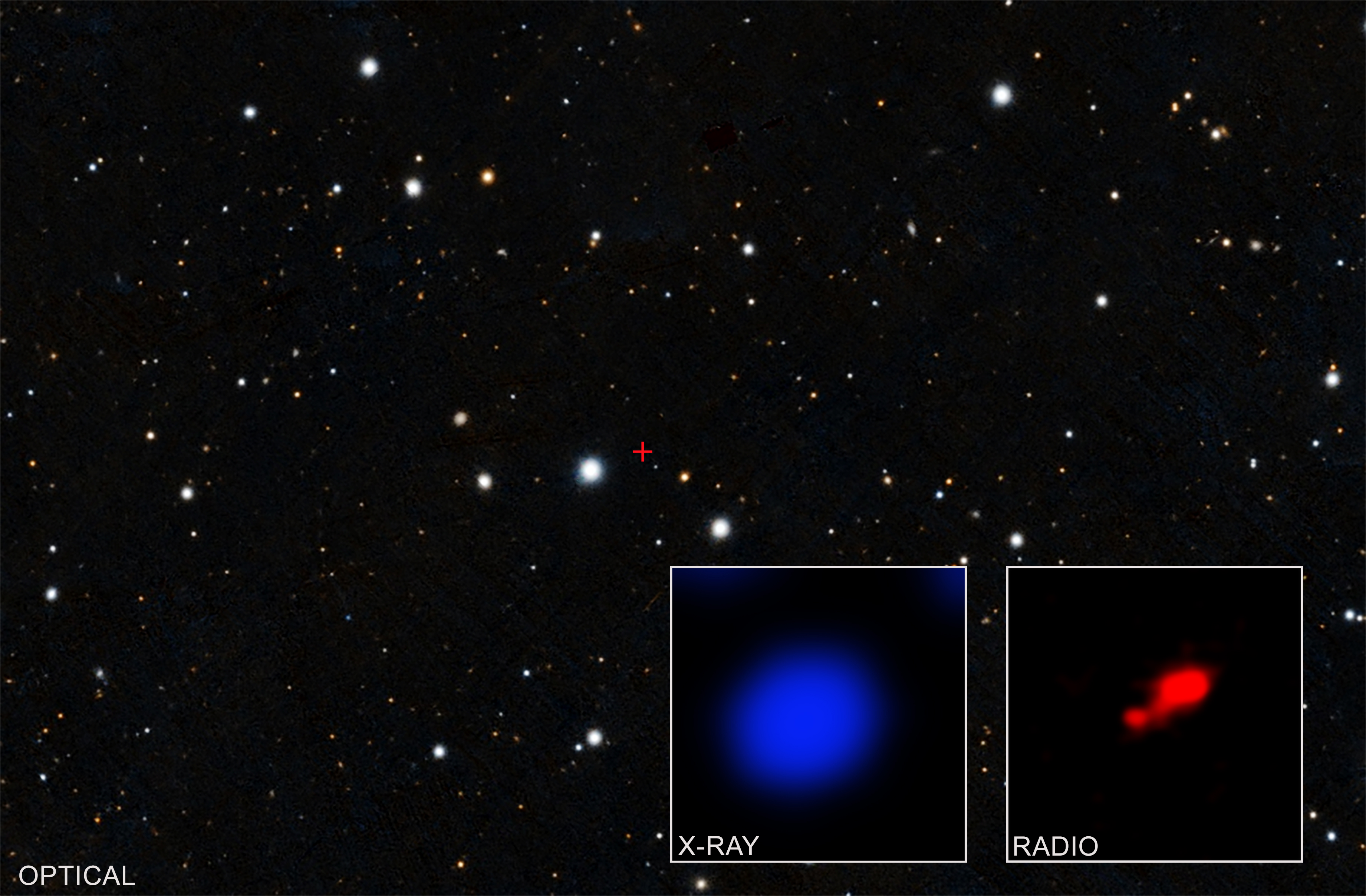
Cloaked Black Hole Found Hidden Behind Gas Cloud in Early Universe
By Passant Rabie published
A cloaked black hole found lurking behind a cloud of gas dates to the early cosmic years of the universe.
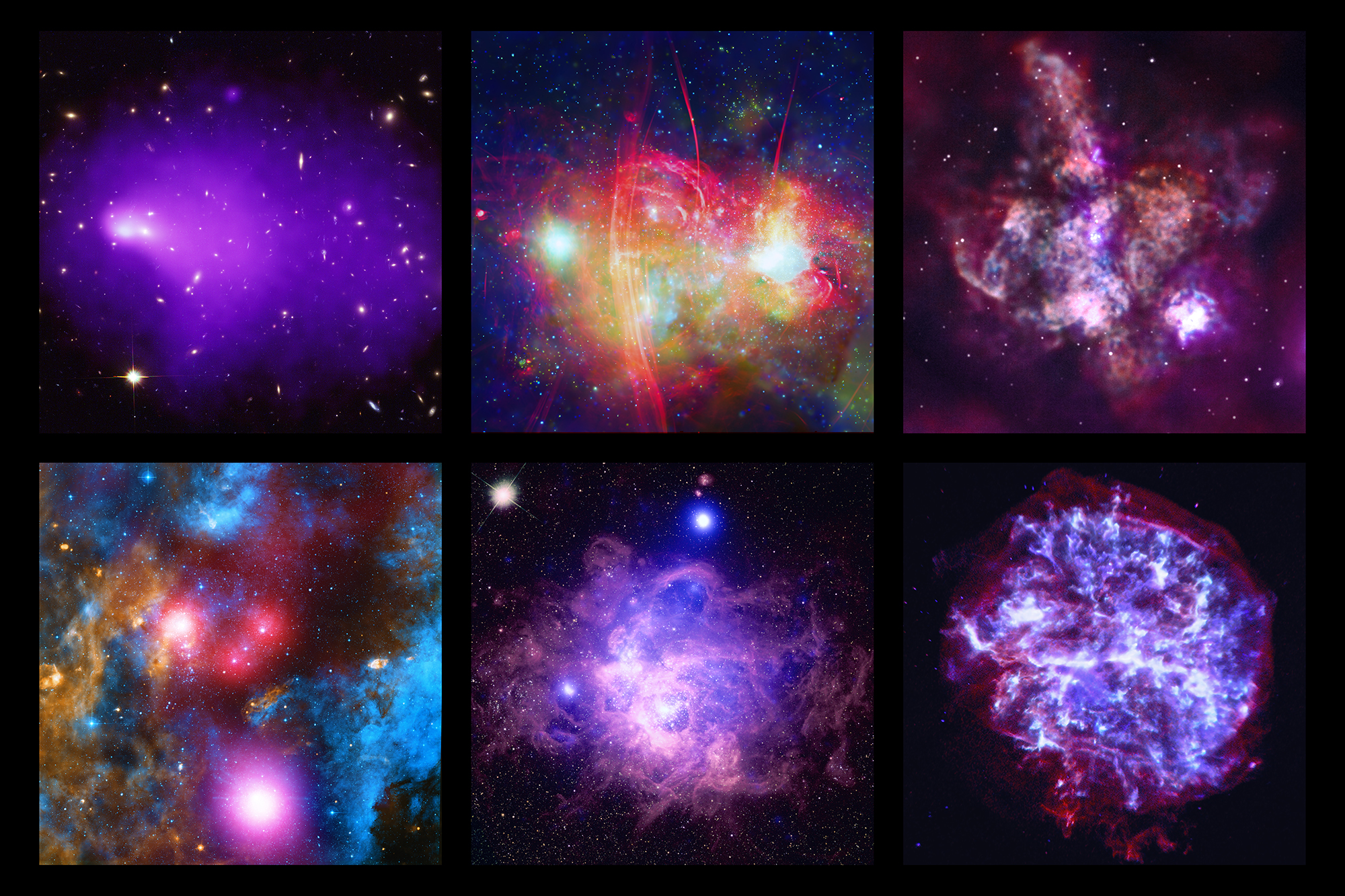
NASA Unveils Amazing Cosmic Views as Chandra X-Ray Observatory Turns 20
By Elizabeth Howell published
It's been 20 years since NASA's Chandra X-Ray Observatory launched to give us the sharpest-ever view of X-rays — and the telescope is still working at the frontier of science, the agency said.
Get the Space.com Newsletter
Breaking space news, the latest updates on rocket launches, skywatching events and more!
